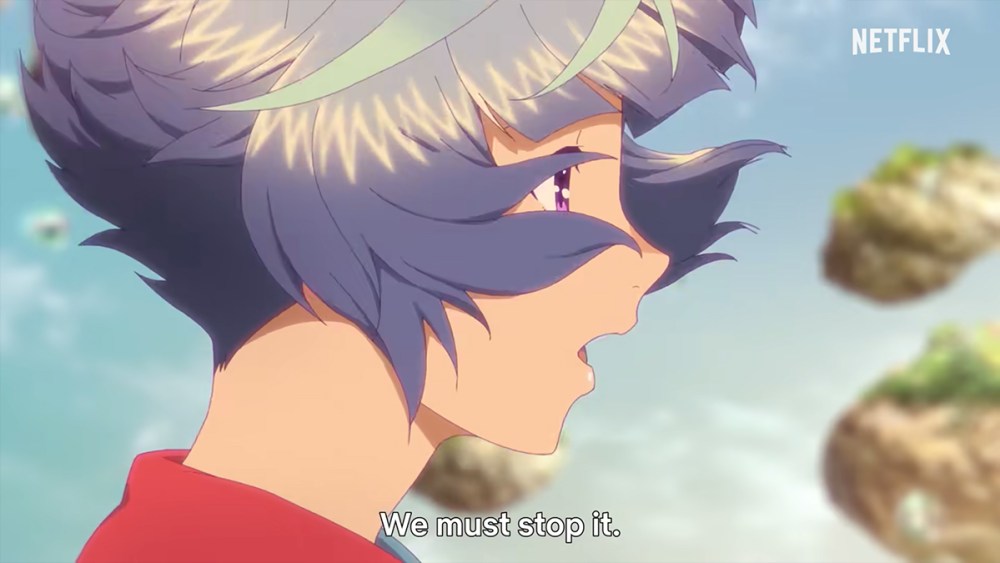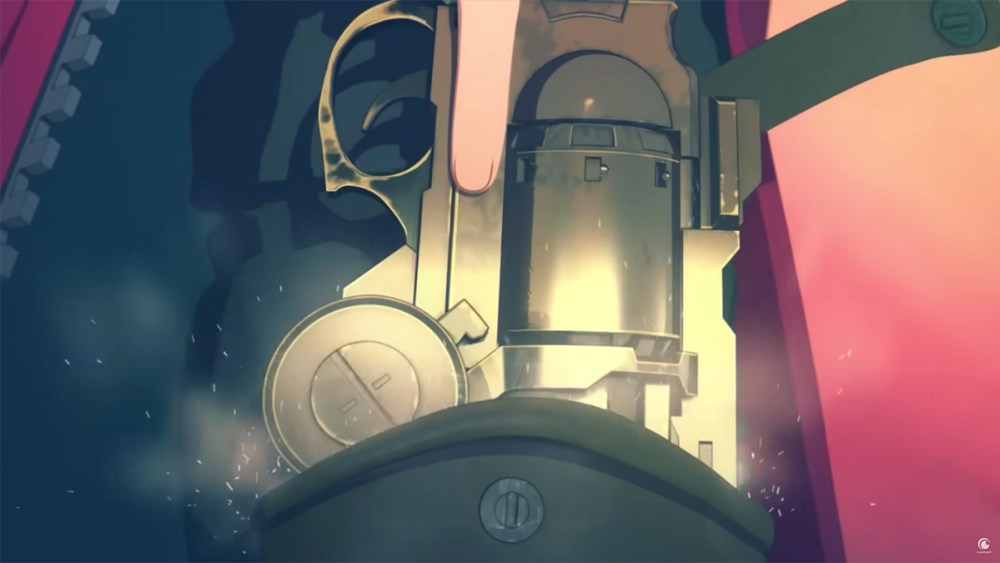Anime will always be synonymous with 2D animation, as it is an evolution of the manga comics published and sold in paperback form as well as the original stories from Japanese creators that embraced this type of media. 2D is also key to the medium because many manga creators have a signature art style, which is a big reason why anime and manga art looks cohesive as a whole.
This is why the use of 3D CGI in anime continues to irk so many fans. When done improperly, it breaks the immersion and overall aesthetic experience that is so tightly associated with anime. And yet, it continues to see more prevalent usage in a variety of shows, either for specific aspects or as the show’s overall animation style.
However, it’s also not something that will go away anytime soon. Though confounding, it’s also not crazy to think that sometime in the future, tangible paper books and comics might be a thing of the past; and even more alarming, that hand-drawn anime could disappear altogether. CGI has already made hand-drawn animation virtually extinct in America, and the only reason Japan didn’t follow suit is the cultural connection to manga and its anime art styles.
But then, one can’t help but wonder: Is 3D CGI ruining anime, or are there reasons it’s catching on in Japan despite how integral 2D is to the art form?
Why Is Anime Moving Toward 3D CGI?

Over the past few decades, animation has been moving toward full 3D CGI productions on a global level. Even so, Japan has remained the surviving champion of the 2D hand-drawn style being used as a prevalent medium within their culture. Other countries have their fair share of 2D animated gems, but none see the output that Japan has.
This is mostly due to the connection between the hand-drawn art of manga and how it’s brought to life when made in the same style for animation. Japanese culture also has an appreciation and understanding of flat art and plane vision that most other cultures simply dismiss or fail to understand. There may be multiple reasons for this, but one of the most important explanations is due to the rise of manga and anime post-WWII. People connected with and consumed entertainment that was most readily available to them, and that’s just so happened to be manga and anime.
Although 3D CGI might have become the favored art style over 2D in other countries, this left the art style ingrained in Japanese culture and made it extremely difficult for the anime industry to drop 2D art completely.
Only bolstering this was the fact that there were many more traditional 2D animators during the 80s to early 2000s. The anime industry was booming from regularly released TV syndicated series, and the OVA era further built upon this fact. 3D CGI was not yet viable due to technological and cost limitations, and so the number of animators who specialized in the field remained relatively low.
This has changed in recent years. With more accessibility to powerful computers and advanced technology, 3D CGI modeling and rendering has become more efficient and cheaper to do. For big blockbuster movies and video games that demand a certain level of quality, CGI might still be more expensive, but less expensive 3D CGI of acceptable quality works perfectly for anime released through a weekly format.
CGI in Anime and Its Pros

This has been a boon for animating not only more repetitive movements and animations that would see reuse, but also areas of animation which are incredibly difficult to pull off in 2D. Effects such as explosions and complex sequences look fantastic in both hand-drawn and CGI styles, but they will always be more efficient when done by CGI. The mecha genre has been well-served by CGI because the visual coherence is easier to pull off between hand-drawn characters and CGI mecha.
Fights and action sequences can also benefit from CGI camera movements with clear and dynamic choreography that looks motion-captured and realistic, but this also comes at the cost of stylish expression, movement exaggeration, and more pronounced aesthetic art. Often, anime fights aren’t necessarily better because they looked more clear or more realistic like a live-action MMA fight. If this was the case, then fans would be best served by watching live-action fights.
Fight scenes are also enhanced by aesthetic choices that don’t move realistically, are sloppy, play with time and space, or focus on a character’s expression or thoughts, and become completely still or paused for dramatic effect.
These factors have led to animation companies using 3D CGI more regularly, especially as they look to ease the burden of producing specific backgrounds and key animations. Traditional hand-drawn anime requires multiple frames to be drawn in succession to animate characters and objects, in addition to backgrounds and special effects that must also be drawn over and over. Sometimes, animators can create a large background and zoom or crop into certain sections of a background, but it will never be fully 3D.
All of this ties into the main benefit of 3D CGI animation: Its use makes it far easier to stick to a production budget. Either style can cost more than the other depending on the project, but with 2D hand-drawn animation nearly everything needs to be drawn from scratch and filler art needs to be provided. Backgrounds can see reuse, but their perspective is limited and they can require an exceptional amount of time to create if they’re overly detailed. And when it comes to errors, artists have to erase, redraw, scrap, and replace. Even little mistakes quickly add up over time.
Although 3D CGI still requires its fair share of work to create, there’s more potential to reuse assets and have the computer do a good amount of the work for you. And we won’t even open up the can of worms for newly emerging AI work being produced that’s further complicating matters. CGI allows animators to create complete 3D backgrounds and character models, then continually reuse them from different perspectives and positions — just like in a video game. After that, they can set keyframes for character models and a computer program can help create the in-between frames to fill in the rest of the sequence of movement.
This equates to a process that becomes more efficient over time when the animating process takes place, and can ease the overall burden on an animation team in the long-run.
